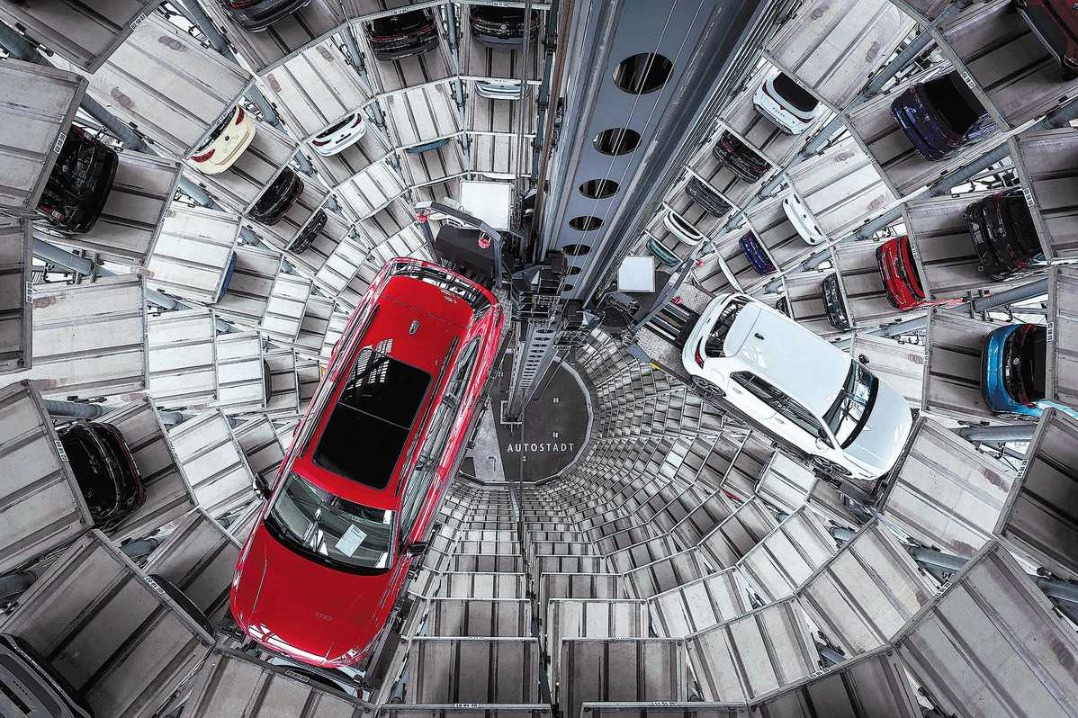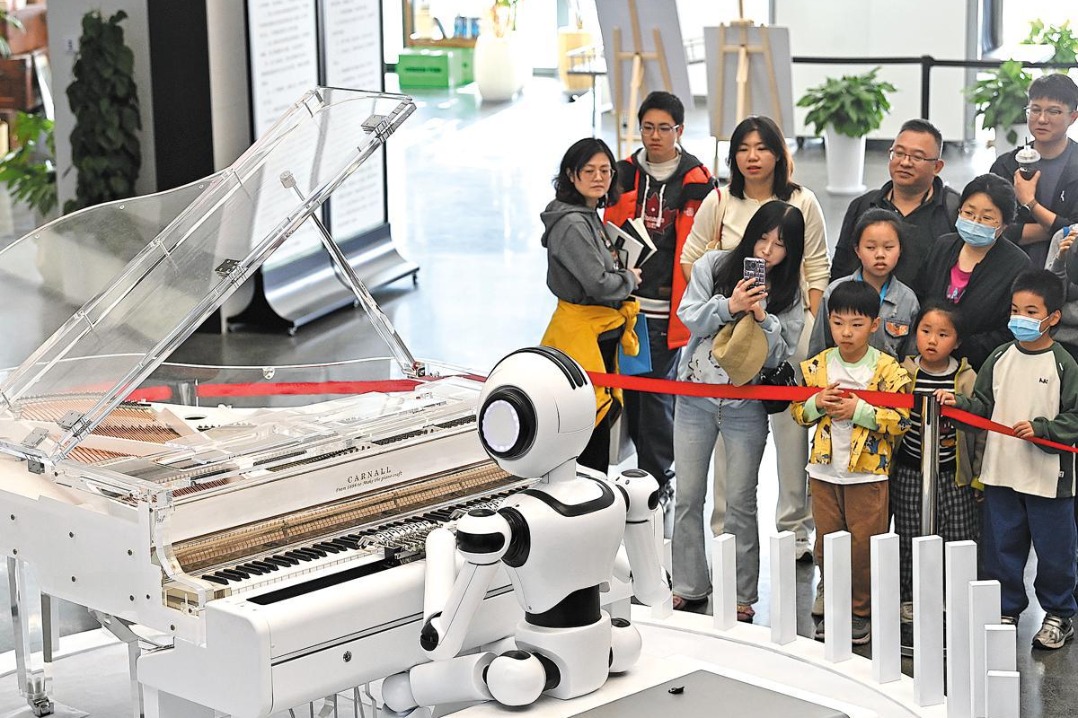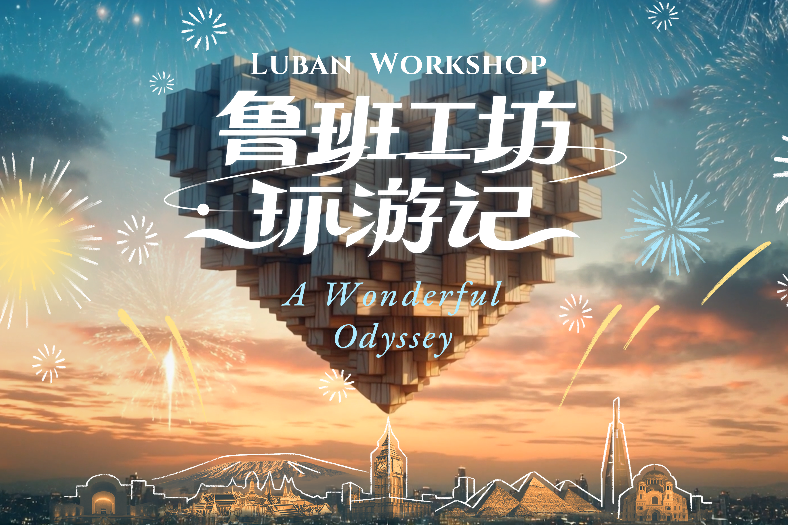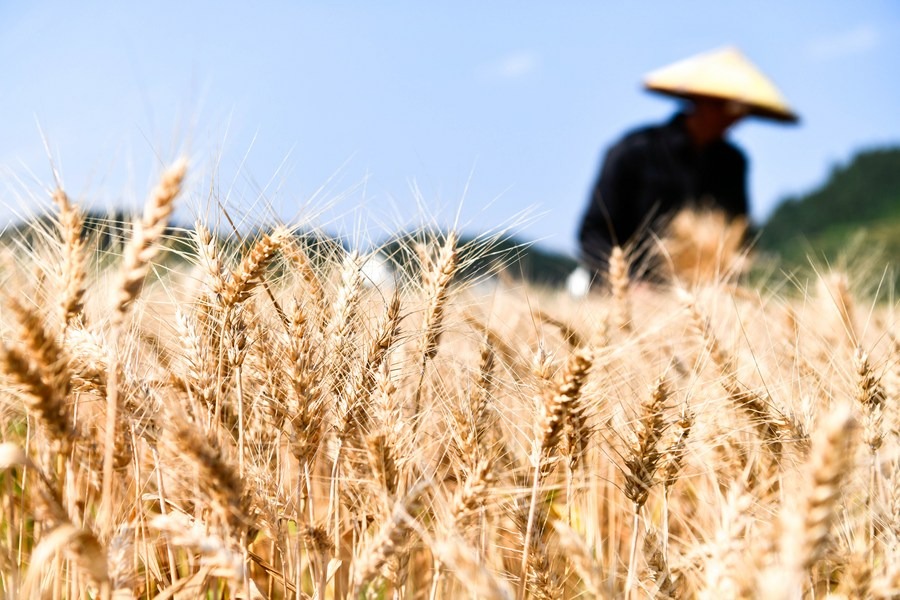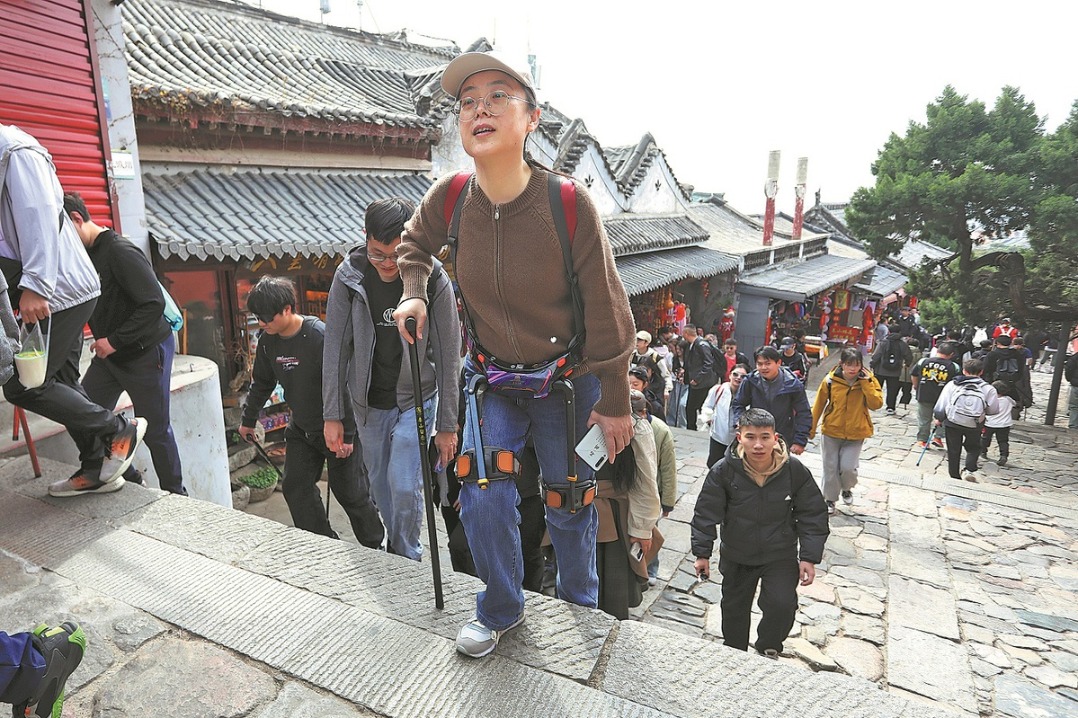Piling on the creativity
Art form may seem, at first glance, a random collection but on closer look reveals hidden depths, Xu Haoyu reports.
By Xu Haoyu | China Daily | Updated: 2023-04-01 15:17

In enduring Western pop art such as Andy Warhol's Marilyn Monroe and Richard Hamilton's Just What Is It that Makes Today's Homes So Different, So Appealing? ordinary objects and characters are vividly revealed, and insignificant things are presented dramatically and absurdly.
Many seemingly unintelligible combinations, even something copied and pasted directly from other pictures and paintings, are the main characteristics of pop art.
The creative concept of jinhuidui (literally "a pile of beautiful things from ash"), a Chinese art form which is said to have originated in the Yuan Dynasty (1271-1368) and prevailed in the Qing Dynasty (1644-1911), shares similarities to pop art.
At first, jinhuidui was just artists' casual drawings with the unused ink left after they had finished a serious painting. Opened scrolls, discarded sketches and ragged brushes were crammed onto the paper in a jumble of layers.
Gradually, jinhuidui has developed into an art form that pieces together ruined fragments. Any element, such as traditional Chinese calligraphy, discarded paintings, historical documents, damaged book pages, notes, folded letters and bronze ware, could be the protagonist in the artwork.
Multiple methods, such as overlaying, inlaying and smudging to give it an aged appearance, are applied to present a kind of messy beauty.
Jinhuidui is perhaps less-known today, but its origins and development directly reflect social change and aesthetic trends. Some experts say it gathers defective beauty, diversity and realism, reflecting the aesthetic sensibility of the public and showing the characteristics of different eras.
Many Chinese artists have gained inspiration from this ancient art form and presented in their works the contrasting combination of traditional Chinese culture with modern elements.
Shanghai-based artist Li Haitao is one of them.
In the works on display at his solo show in Shanghai last year, he used ink-and-wash art as the main means of expression, and made a collage of news of eye-catching affairs and works of 12 modern poets in the art form of jinhuidui, allowing viewers to read and think while appreciating the image.
The artist especially highlighted some parts of his artworks with bold colors, such as blue, yellow and pink, to enrich the paintings.
"Humans sense the world through two parallel mediums — words and images. And jinhuidui is a perfect combination of the two," says Li.






